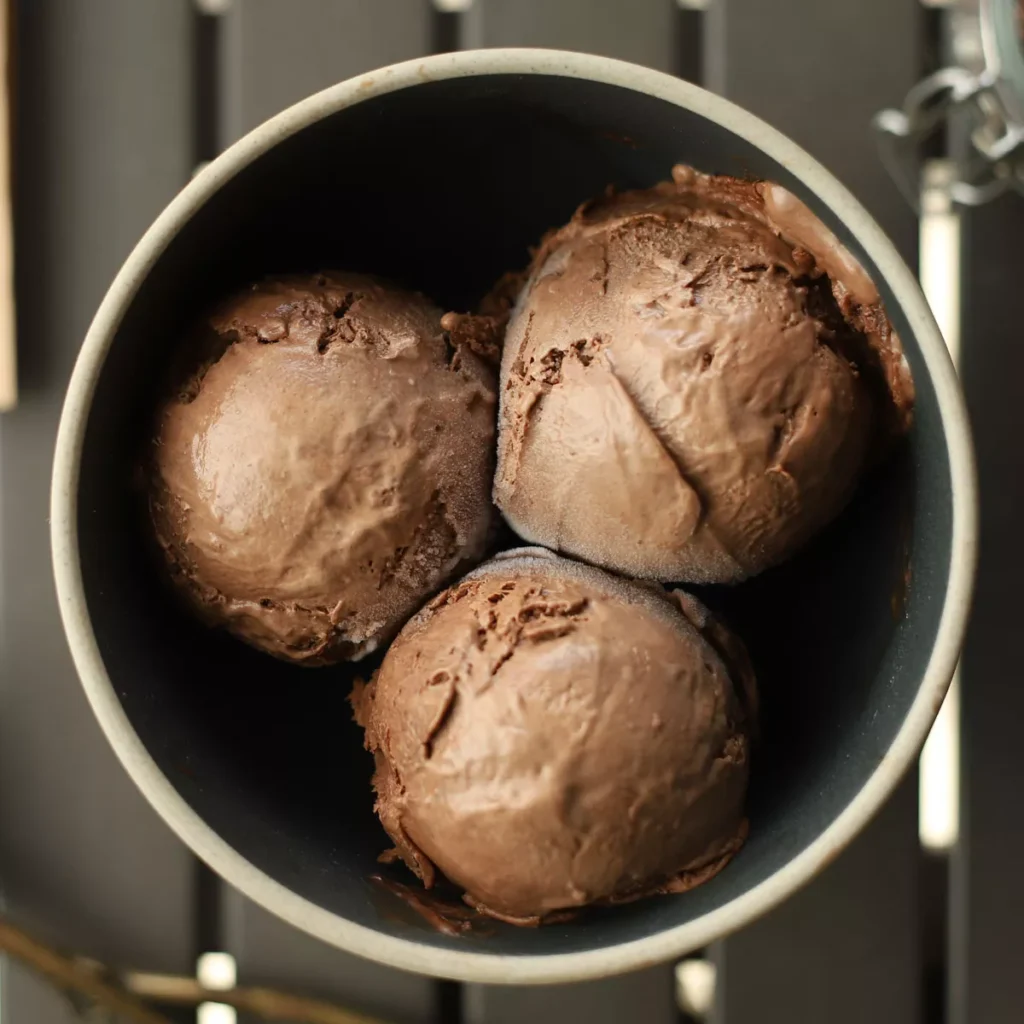When you think of ice cream, what comes to mind? Perhaps the creamy texture, the refreshing chill, or the delightful sweetness. But for those in the manufacturing world, there’s an ingredient that plays a pivotal role in transforming a simple frozen dessert into a luxurious treat: cocoa powder.
Cocoa powder isn’t just a flavor enhancer; it’s a multifaceted ingredient that influences taste, texture, color, and overall product quality. For ice cream producers, understanding the nuances of cocoa powder can lead to superior products that stand out in a competitive market.
At MT Royal, we’ve had the privilege of supplying cocoa powder to various manufacturing facilities, witnessing firsthand the impact of quality ingredients on production outcomes. In this guide, we’ll delve deep into the significance of cocoa powder in ice cream production, offering insights, practical advice, and considerations to help you make informed decisions.
Understanding Cocoa Powder: More Than Just a Flavoring
What Is Cocoa Powder?
Cocoa powder is derived from the seeds of the cacao tree (Theobroma cacao). After harvesting, the beans undergo fermentation, drying, roasting, and grinding processes. The resulting cocoa mass is then pressed to separate cocoa butter from cocoa solids. The remaining cocoa solids are ground into a fine powder, which is what we recognize as cocoa powder.
Types of Cocoa Powder
- Natural Cocoa Powder: This is the unprocessed form, retaining the natural acidity and a lighter color.
- Alkalized (Dutch-Processed) Cocoa Powder: Treated with an alkali to neutralize acidity, resulting in a darker color and smoother flavor profile.
The choice between these types depends on the desired flavor, color, and pH balance of the final ice cream product.
The Multifaceted Benefits of Cocoa Powder in Ice Cream
1. Flavor Enhancement
Cocoa powder imparts a rich, deep chocolate flavor that is both intense and balanced. Its concentrated nature ensures that even small quantities can significantly influence the taste profile of the ice cream. Premium options, such as those from Spanish manufacturers like Latamarko, are known for their consistency and depth of flavor, making them a preferred choice for high-end products.
2. Texture and Mouthfeel
The fine particles of cocoa powder contribute to the smooth and creamy texture of ice cream. Proper dispersion during mixing ensures a uniform consistency, preventing any gritty or floury textures that can detract from the eating experience.
3. Color Appeal
The color of cocoa powder varies from light brown to deep reddish-brown, depending on its processing method. This range allows manufacturers to achieve the desired visual appeal, enhancing the product’s attractiveness to consumers.
4. Versatility in Flavor Combinations
Beyond traditional chocolate ice cream, cocoa powder serves as a base for various innovative flavors. It pairs well with ingredients like vanilla, caramel, nuts, and fruits, enabling the creation of unique and exciting flavor profiles that cater to diverse consumer preferences.
Challenges in Cocoa Powder Integration
1. Handling and Dispersion
Cocoa powder is hygroscopic and can clump together, making it challenging to handle and mix uniformly. Proper storage and pre-wetting techniques are essential to ensure smooth integration into the ice cream mix.
2. Quality Variability
Not all cocoa powders are created equal. Variations in bean origin, processing methods, and storage conditions can lead to inconsistencies in flavor, color, and texture. It’s crucial to source cocoa powder from reputable suppliers who maintain stringent quality control standards.
3. Supply Chain Considerations
The global cocoa industry faces challenges such as climate change, diseases affecting crops, and fluctuating market prices. These factors can impact the availability and cost of cocoa powder, necessitating strategic sourcing and inventory management practices.
Best Practices for Integrating Cocoa Powder into Ice Cream Production
1. Pre-Mixing Techniques
To achieve uniform dispersion, it’s advisable to pre-mix cocoa powder with a portion of the dry ingredients or a small amount of the liquid base. This technique helps prevent clumping and ensures a smooth texture in the final product.
2. Quality Control Measures
Regular testing for parameters like particle size, fat content, and pH levels can help maintain consistency. Implementing a robust quality assurance program ensures that each batch meets the desired standards.
3. Supplier Collaboration
Working closely with suppliers like MT Royal can provide insights into sourcing strategies, quality expectations, and logistical considerations. Establishing strong partnerships can lead to more reliable supply chains and better product outcomes.
Real-World Applications and Success Stories
Many leading ice cream manufacturers have leveraged the benefits of high-quality cocoa powder to enhance their products. For instance, premium brands often opt for alkalized cocoa powders to achieve a richer color and smoother flavor, aligning with consumer expectations for indulgent desserts.
Innovative flavor combinations, such as chocolate-hazelnut or chili-chocolate, have gained popularity, showcasing the versatility of cocoa powder in creating unique and appealing products.
Frequently Asked Questions (FAQs)
Q1: How do I choose between natural and alkalized cocoa powder?
A1: Consider the desired flavor profile and color. Natural cocoa powder offers a more acidic and lighter flavor, while alkalized cocoa powder provides a smoother, milder taste and darker color.
Q2: Can cocoa powder be used in dairy-free or vegan ice creams?
A2: Yes, cocoa powder is suitable for dairy-free and vegan formulations, providing the rich chocolate flavor without the need for dairy ingredients.
Q3: What storage conditions are ideal for cocoa powder?
A3: Store cocoa powder in a cool, dry place, away from direct sunlight and humidity, to maintain its quality and prevent clumping.
Conclusion
Cocoa powder is more than just a flavoring agent; it’s a cornerstone of quality in ice cream production. By understanding its properties, challenges, and best practices, manufacturers can harness its full potential to create superior products that delight consumers.
At MT Royal, we are committed to supporting manufacturers with high-quality cocoa powder options and expert guidance to navigate the complexities of ingredient integration. Whether you’re aiming for classic chocolate flavors or innovative combinations, the right cocoa powder can make all the difference.







No comment